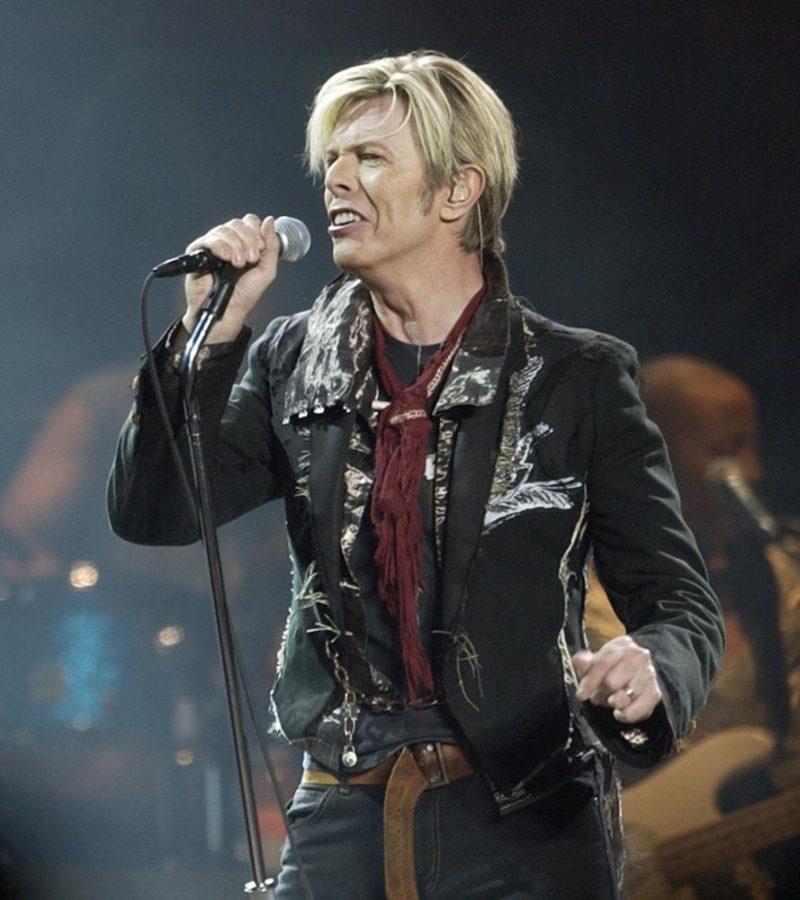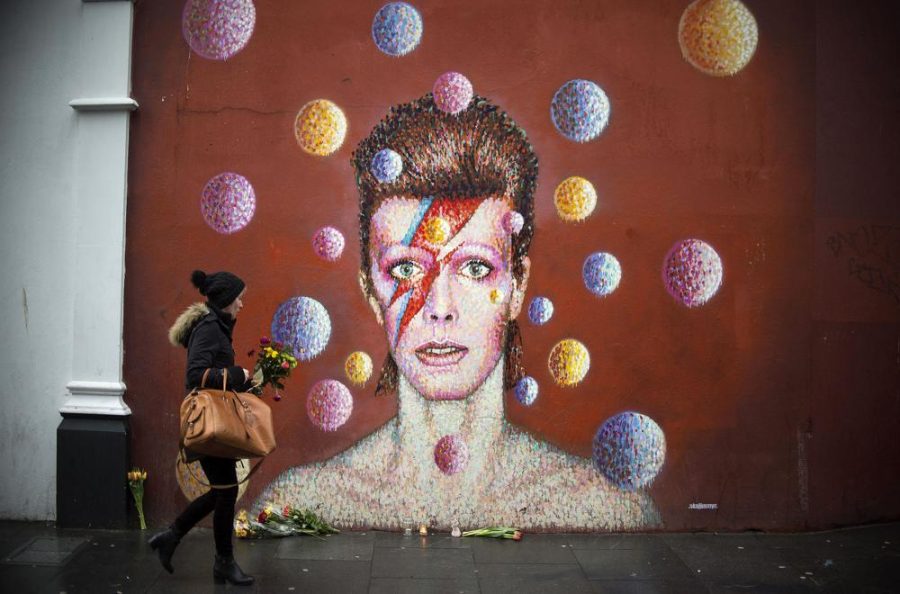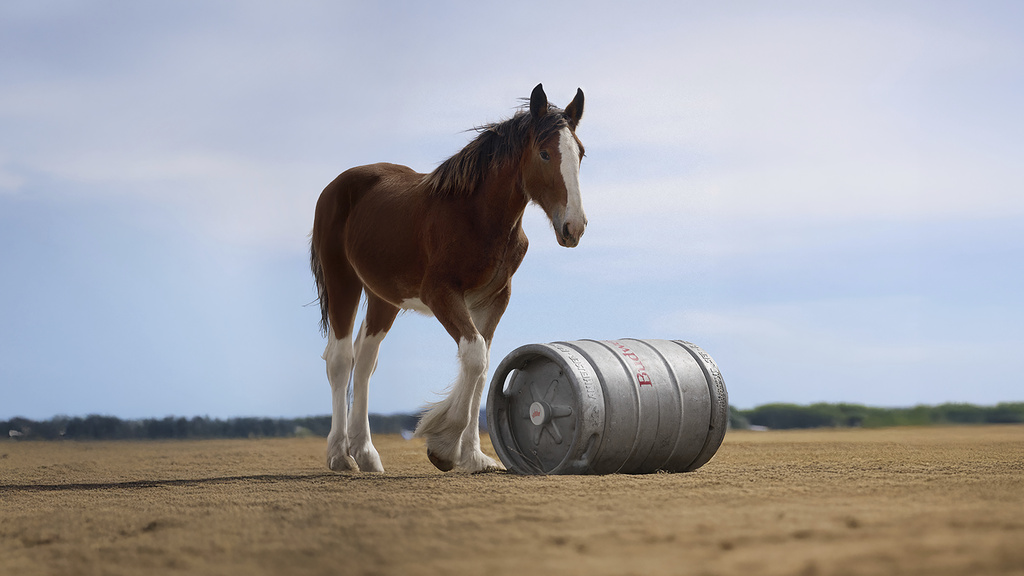[Eds Note: This article has been published in partnership with Spinnaker Radio to feature LGBTQ+ music artists and celebrate Pride Month.]
British artist David Bowie, born David Robert Jones in January 1947, was inspired by American music early in his life.
Jones grew a love for music during his childhood and participated in choir at Burnt Ash Junior School. He began playing alto saxophone when he was 13 years old, and at 15, Bowie joined his first band named the Kon-Rads. Jones also played with bands named the Mannish Boys, The King Bees, The Buzz, and the Lower Third, according to Bryan Smith Music.
It was not until 1967 that Jones was inspired to change his name to David Bowie. Bowie believed his name was too similar to Davy Jones, the lead singer of the Monkees. Without changing his name, Bowie thought he wouldn’t be able to create a name in the music industry for himself, according to Far Out.
“[Bowie] is the medium for a conglomerate of statements and illusions. I have no confidence in David Jones as a public figure,” Bowie said in an interview with People in 1976.
On the same day as the Beatles’ Sgt Pepper’s Lonely Hearts Club Band was released, Bowie released his debut album David Bowie with Decca Records. The album was not successful. Bowie speculated its unpopularity was evident because he did not know who he was as an artist.

“Lyrically I guess it was striving to be something, the short storytelling. Musically it’s quite bizarre. I don’t know where I was at. It seemed to have its roots all over the place, in rock and vaudeville and music hall and I don’t know what. I didn’t know if I was Max Miller or Elvis Presley,” Bowie said in the interview with Q Magazine, according to the BowieBible.
After Bowie’s lack of success with his first album, Decca Records decided to stop working with him. Bowie continued to write music and was offered a deal with Mercury Records. In the Summer of 1969, Bowie released Space Oddity, inspired by 2001: A Space Odyssey by Stanley Kubrick. Gaining success in the music industry, Bowie and Mercury then released the album The Man Who Sold The World in November 1970 in the US.
In his lifetime, Bowie had two wives and two children. In 1970, Bowie married Mary Angela Barnett and had their son, Duncan. Angela said they only got married so she could get a permit to work; Bowie told Angela he was not actually in love with her, according to Smooth Radio.
Bowie came out as gay in an interview with Mick Watts, a music journalist, in 1972. Four years later, Bowie came out as bisexual in an interview with Playboy, according to Jordan Potter, journalist for Far Out.
Although Bowie’s sexuality was not set in stone, he became a strong influence on the LGBTQ+ community. Rather than satisfying the public with a title for his sexuality, Bowie embraced his differences. Bowie continued to make music and perform without letting others belittle him for expressing his individuality.
“[For] may people in my queer community, he was an icon that helped us imagine our own importance and possibility,” said American Civil Liberties Union attorney, Chase Strangio, in an interview with CBC News journalist, Andre Mayer.
In 1975, Bowie released what became his first number one hit on the Billboard Hot 100, Fame. His second number one hit on the Billboard charts was Let’s Dance, released in 1983.
Bowie continued to create music even when he was battling cancer. He released the song, Lazarus, in December 2015 and its music video on January 7th, 2016, three days before his death. Bowie did not know he had cancer until the last three months of his life, according to the HBO documentary, David Bowie: The Last Five Years.
David Bowie died at 69 years old from liver cancer.

The lead single, Starman, from Bowie’s album The Rise and Fall of Ziggy Stardust and the Spiders from Mars was released in April 1972. The entire album was remastered in 2012.
Strums of a warm acoustic guitar begin Starman as monophonic vocals sing, “goodbye love.” After two rounds of the chord progression, a drum fill paves the way for the first verse. Bowie’s main vocal track sings alone as the acoustic guitar and drums make-up the groove in common time.
Rhythmic strums of the guitar change to strums only on the downbeats. A lead synth transitions from the verse to the chorus.
Violins join the instrumental section in the chorus. Another vocal track harmonizes with the melody until the two voices come together in unison. Contrary to the vocal descending melody, a cello plays a smooth, ascending line to finish the chorus.
Acoustic guitar and strings are panned to the right while the rhythmic, electric guitar is panned to the left. The lead electric guitar plays a simple solo in the passage to the second verse.
Violins linger on the first chord of the first verse but soon drop out. An acoustic guitar and a drum groove together for Bowie to reiterate the familiar melody.
Strings add to the chorus in the same manner as before. The chorus repeats itself with the same vocal harmonies and orchestral parts.
After four bars of the electric guitar solo, Bowie’s multiple vocal tracks join. The doubled vocals continue this melody, allowing the electric guitar to embellish in a new way.
Strings, acoustic guitar, drum set, and the vocals repeat themselves while the electric guitar decorates the scale. All instruments fade away.
David Bowie’s music can be found on Spotify, YouTube, and Apple Music.
__
For more information or news tips, or if you see an error in this story or have any compliments or concerns, contact editor@unfspinnaker.com.















